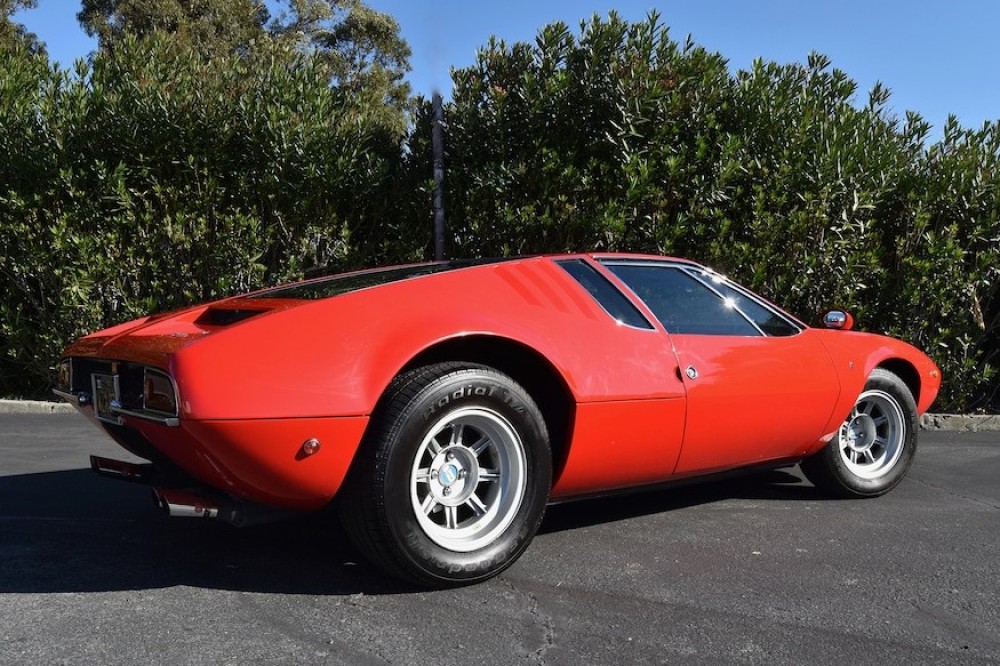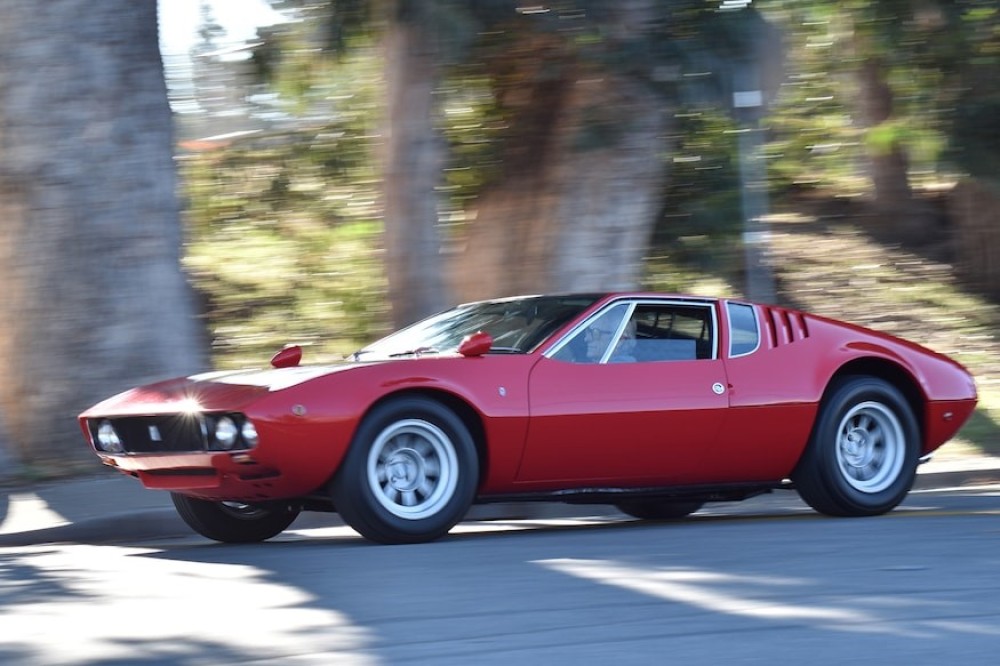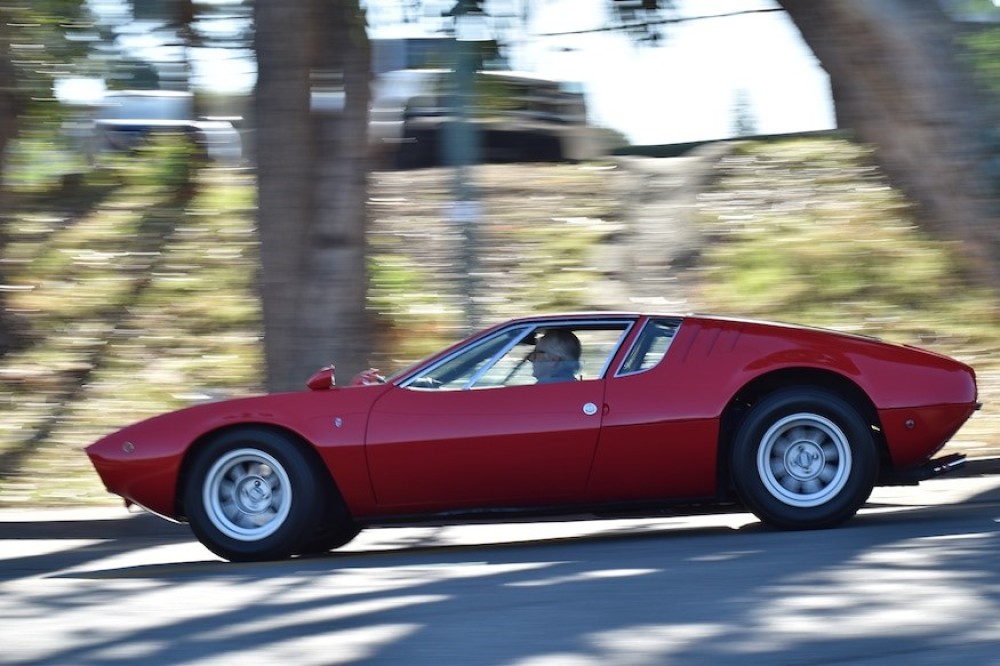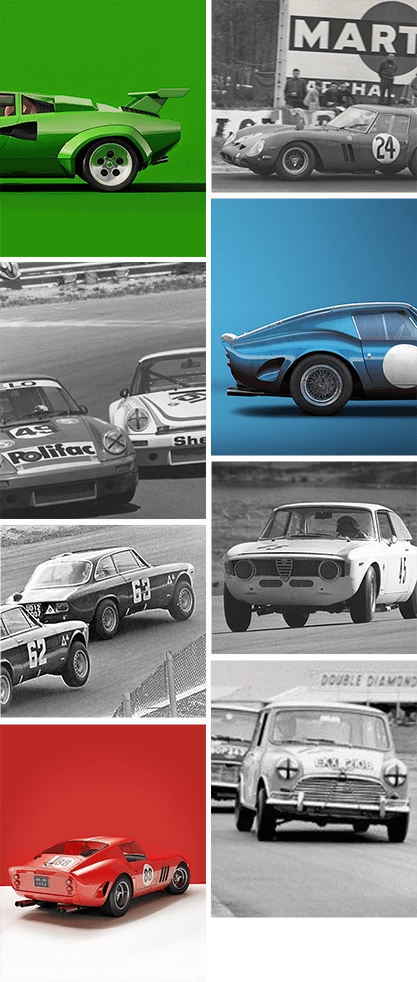This website uses cookies in order to enhance the overall user experience.

At some point during the development of the Italian designed Shelby Cobra replacement – the P70 – Carroll Shelby terminated his collaboration with Alejandro De Tomaso. The reason for Shelby’s termination is the stuff of legends – Mafia ties, his former obligations to Ford, or even a (self-enforced) exile to Africa. However, since Shelby is not around anymore, we can only ever keep speculating about his reasons.
Rare and obscure
Yet, we do know that the car De Tomaso produced next was based on and inspired by the planned P70, namely the “Mangusta,” Italian for mongoose – the only predator animal of the cobra snake. Just over 400 examples of the Mangusta were ever made, and due to its imperfect Italian construction and tendency to rust, only about 250 examples are still around these days. As such, the Mangusta has become a true rarity car, but its position between the Ford 351 powered Pantera and the problematic drivetrain vibrating Vallelunga has always left it rather obscured.

However, the retired automotive appraiser, Bud Millard, got his hands on a beautiful Mangusta example –model number 2 to roll out of the Modena-based De Tomaso factory in Italy. For Millard, the design and overall looks of the cars have always impressed him, and he got his taste confirmed by winning 2 awards at the August Concorso competition, an event that always complements the Pebble Beach Concours d’Elegance. Millard turned out to be double lucky, because he explains that most of the Mangustas didn’t survive their users’ beating during the 1970s and ’80s – the time that most Mangustas were around.

Interior design
Since the Mangusta is only 109 cm from top to bottom, it’s a true struggle to get in and out of this sports car. The seats, therefore, are channeled very low, but provide good lateral support and give off that pleasing smell of old-school leather. The foot pedals, in turn, are positioned into the right corner, ensuring that you’re all tucked in when driving. And a good thing that tucking in is, for once you put your pedal to the metal, the powerful Ford 302 mid-engine roar causes the whole car to vibrate along to its soundtrack.
The steering wheel is fashioned with alternating brown and black leather veneer and the dash is appropriately classic with many gauges informing the driver. The gearshift of the 5-speed ZF transmission is a fussy one, one that requires a firm handling and the occasional repetition so characteristic of vintage Italian sports cars.
Exterior design and powertrain
The Italian designer who became famous for his work on the DeLorean DMC-12 and the Volkswagen Golf is also the one who drew the Mangusta’s design. In this, it is the unique gullwing engine covers that stand out in particular. Sadly, though, these covers are as impractical as they are esthetic…
The Mangusta chassis consists of a steel backbone that finds its origins in the De Tomaso Vallelunga. This model, however, only contained a 104hp producing 1.5-liter Kent engine that came from the Ford Cortina, which made this backbone a horrible choice for the torsional stiffness demanding 4.9-liter, 230hp producing V8 engine that powers the Mangusta. Moreover, the bulk of this center-placed 302 engine is cast iron, which distributes the Mangusta weight in a 32/68 proportion.
As a result, the balance and handling performance of the car is often heavily critiqued, and since it only needs 6.9 seconds to reach 100km/h and boasts a top speed of 250km/h, turning and taking corners can at times be outright dangerous. Millard, however, argues that it’s all about the right tires and skillful chauffeur feeling when driving his Mangusta, but he does concede that other people have reinforced their Mangusta’s rear transaxle with various gussets.
Yet, De Tomaso’s Mangusta has gotten the appropriate media attention, with a silver example being driven by Bill in Kill Bill: Volume 2 (2004); a yellow model featuring in “Can’t Get You out of My Head” by Kylie Minogue; a red Mangusta brought up in Disney’s The Barefoot Executive (1971); and a white one in the classic Gone in 60 Seconds (1974). Still, Millard explains that most admirers photographing his car are under the assumption that they’re looking at a Ferrari. Regardless of the fact that he enjoys his car and the attention that comes with it, Millard is selling his De Tomaso Mangusta 1969 and will cash a good $300.000 in return – not a bad deal for a car originally listed at just $11.500.

